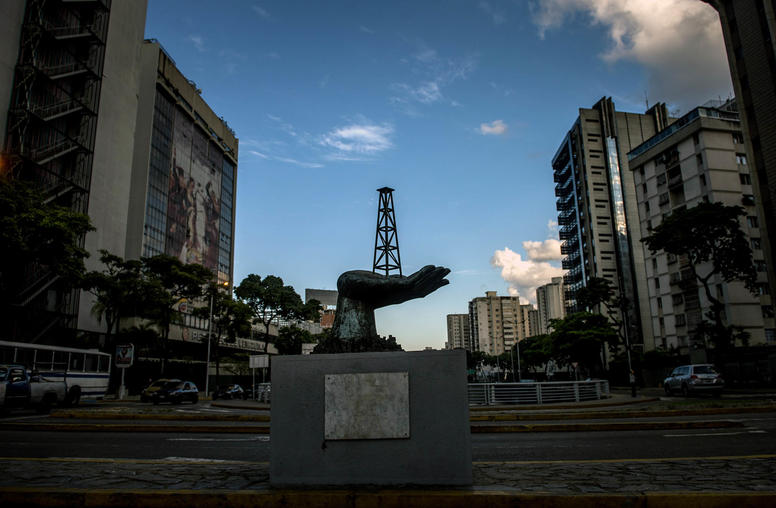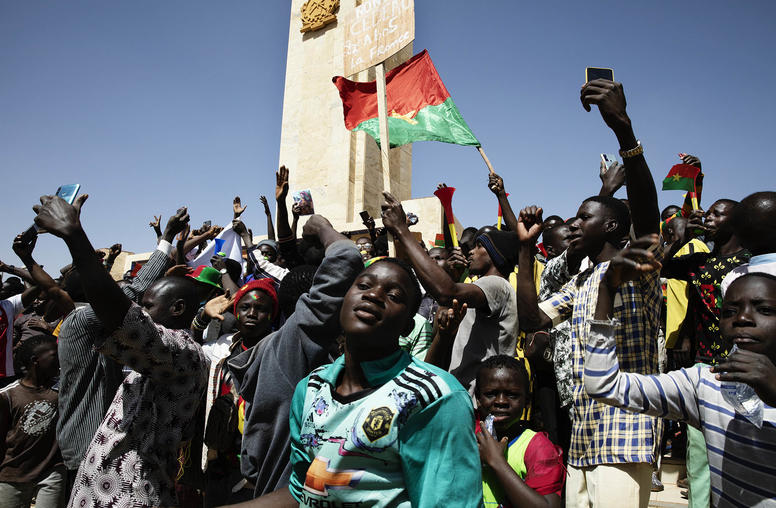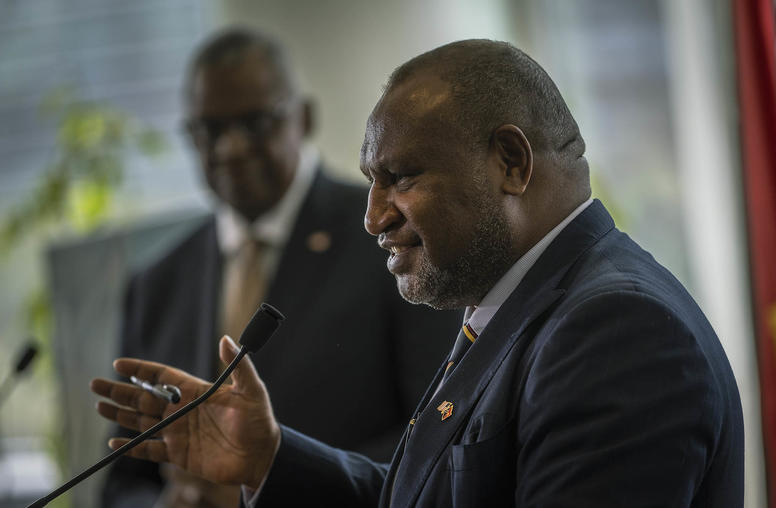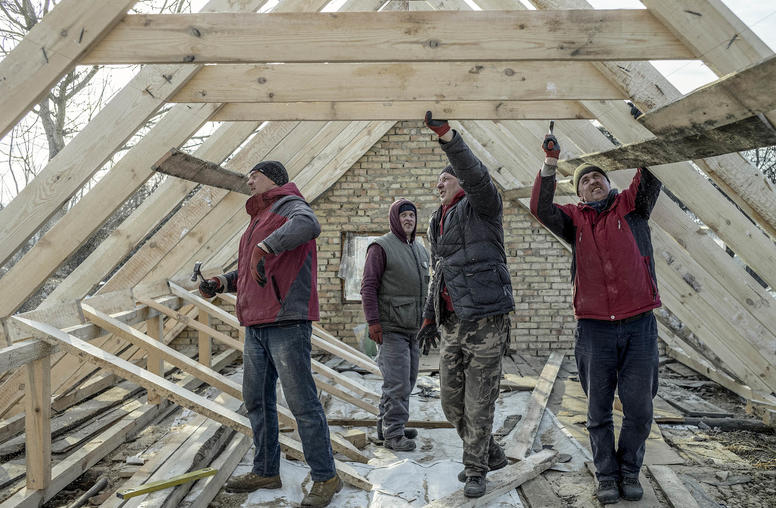The Coronavirus Crisis Could Reshape U.S. Policy in the Middle East
The United States will need to evolve its strategy for the region post pandemic, emphasizing diplomacy and development.
Although COVID-19 has yet to hit the Middle East with full force, the pandemic’s second and third order effects could impact the region in the most profound ways. The virus threatens to exacerbate the region’s deep-seated ills—poor governance, inadequate economic growth, deep societal fissures, pervasive conflict, and displacement—and shape the Middle East’s post-pandemic landscape. Unabated, these dynamics will inaugurate an era of profound disruption and enormous challenges, but also provide the opportunity for a much-needed correction. For the United States, effective engagement will require a pivot from a security-dominant post-9/11 approach to the region to a post-pandemic posture that prioritizes diplomacy and development.
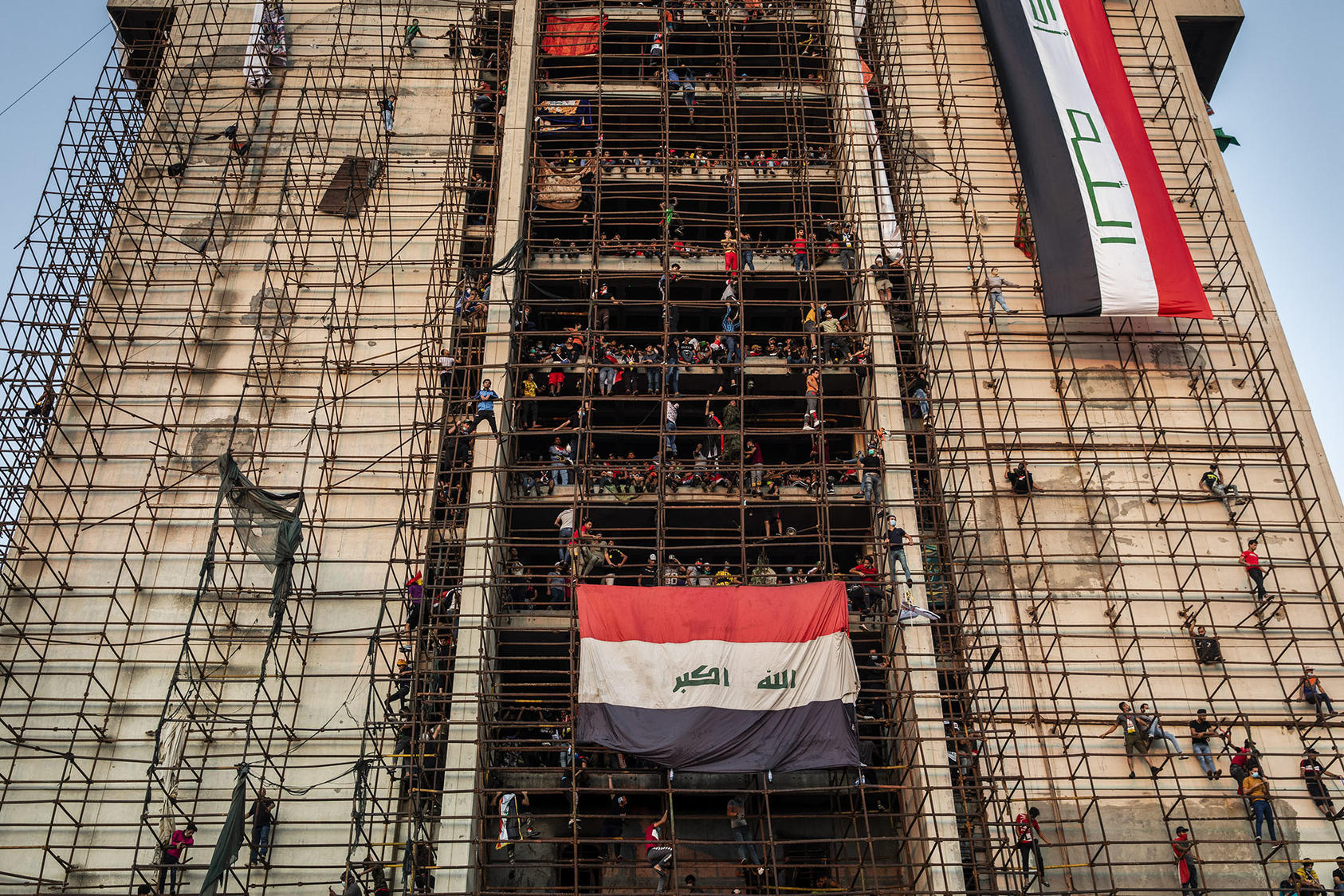
The Middle East is particularly vulnerable to COVID-19, and the worst of the pandemic is still coming. Conflict-ridden countries including Syria and Yemen have yet to witness massive outbreaks, but the impact of the coronavirus could be catastrophic. Other countries such as Lebanon appear to be managing the virus’s spread thus far. Iraq’s long border with Iran—the regional epicenter of the pandemic—heightens its vulnerability to the virus, but aggressive counter measures to date appear to have contained the outbreak.
Beyond the immediate public health impacts of COVID-19, the pandemic’s reverberations across numerous sectors threaten far greater disorder. The observation by Richard Haass, president of the Council on Foreign Relations, that “COVID-19 will not so much change the basic direction of world history as accelerate it” resonates powerfully in the Middle East. The pandemic will accelerate and amplify pre-existing crises in the region. It will deepen popular grievances, hasten economic downturns, and intensify humanitarian and displacement crises.
Nowhere is this phenomenon more evident than in the arc of turmoil that stretches from Lebanon, through Syria, to Iraq. Prior to the pandemic, each of these countries was contending with significant crises:
- Lebanon was already on a trajectory to become the region’s Venezuela as it faced financial collapse.
- Syria was entering the 10th year of a brutal conflict with catastrophic humanitarian consequences and the greatest displacement crisis since the end of World War II.
- Iraq was reeling from multiple, overlapping crises that included a breakdown in government, plummeting oil prices, and a proxy war between the United States and Iran playing out on its own soil.
- Lebanon and Iraq had also witnessed historic, largely peaceful protests, reminiscent of the so-called “Arab Spring.” Demonstrators in both countries were demanding an end to widespread corruption, inadequate public services, and poor governance.
The Post-Pandemic Regional Landscape
The onset of the pandemic has had a spiraling effect. Post-pandemic, the grievances which drove people to the streets in Lebanon and Iraq will only be more acute and demands more pressing. Even now, before the worst of the pandemic is over, renewed protests are beginning. Hints of the post-pandemic landscape are already beginning to emerge.
In the shadow of the pandemic, Lebanon’s financial meltdown appears to be accelerating as the country’s debt crisis continues to spiral out of control. Lebanon is one of the most indebted countries in the world, with a current estimated debt to GDP ratio of 176 percent. The IMF predicts that the pandemic will lead to a further 12 percent contraction in the Lebanese economy in 2020, the most severe in the Middle East and Central Asia. The Lebanese lira has lost more than half its value since October, plummeting at an accelerating pace since the pandemic. Poverty rates in Lebanon have nearly doubled and could reach 50 percent. Concerns are rising about a hunger epidemic in Lebanon in the wake of COVID-19; Human Rights Watch warned in a recent report that millions could go hungry in Lebanon in the absence of aid.
As popular desperation reaches a climax, Lebanon could be hurtling toward a social explosion. Protests have restarted, but this time demonstrations have turned angry and violent. Across the country, banks have been bombed amid forced road closures. In Tripoli, Lebanon’s second largest and most impoverished city, violent skirmishes between protesters and security forces resulted in the killing of a young demonstrator by the Lebanese army. Protests have since spread to Beirut.
In Iraq, the coronavirus-induced oil price collapse could have catastrophic implications given oil revenues fund 90 percent of the budget. Iraq’s budget assumes $56 per barrel oil price, but the current price is at or below $20 per barrel. The IMF has predicted a 5 percent contraction in the Iraqi economy, warning that the oil price decline could cause significant budgetary strain and rapidly depleting coffers.
If unable to meet basic needs, including public sector salaries, health care, and electricity, Baghdad may find itself once again confronted by massive demonstrations. Yet, Iraq remains in the throes of a government crisis. Last year’s protests led to the government’s breakdown, and a newly appointed prime minister (the third to date) has yet to form a cabinet.
Adding to the country’s woes, the pandemic appears to have created new opportunities for ISIS to resurge. ISIS activity is reportedly already on the rise in Iraq. While concerns over a rejuvenated ISIS date back many months, the pandemic could accelerate the trend. In this case, COVID-19 serves as a leveler, rendering powerless even the most powerful, while amplifying asymmetric capabilities.
Finally, in Syria, the pandemic threatens to deepen the acute humanitarian and displacement crises provoked by nearly a decade of conflict. Prior to the pandemic, the Assad regime’s offensive to retake Idlib, the last remaining rebel stronghold, led to the single greatest episode of displacement since the conflict began. Nearly one million civilians were displaced, currently pinned up against the Turkish border. Humanitarian need in Syria, already acute, will be compounded by the virus. At the same time, access will be further restricted, while crucial humanitarian funding will become even more scarce as needs soar across the globe.
From Post 9/11 to Post Pandemic
The pandemic’s reverberations across the Middle East are exposing longstanding, unaddressed challenges. The region has been reeling for two decades, starting with the fallout from 9/11 and heightened by the first wave of Arab uprisings in 2011. At the core of these challenges lies the need for accountable, responsive, and inclusive governance. The pandemic of 2020 could pave the way for a necessary corrective; the region may be left with no other options.
For the United States, once it emerges from the worst of the pandemic, a paradigm shift in its approach to the region will be critical. Well before the pandemic, the military and counterterrorism focus which has dominated U.S. engagement in the Middle East for the past 20 years proved woefully ineffective. On the contrary, a U.S. emphasis on hard security, refracting many issues in the region through a counterterrorism lens, may have only exacerbated the region’s problems.
With the region’s pre-existing challenges likely to become more acute post-pandemic, U.S. policymakers and analysts should strive to anticipate the pandemic’s second and third order impacts. Some of these effects will have direct U.S. national security implications. Yet, in the aftermath of COVID-19, the United States will need to evolve its strategy for the region, shifting away from a kinetic focus. Instead, the Middle East’s complex post-pandemic challenges will demand a more variegated approach, emphasizing critical elements of diplomacy and development. An important opportunity to get the strategy right lies ahead.
